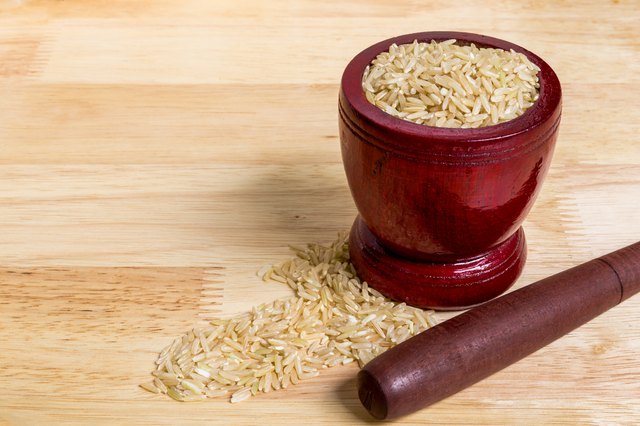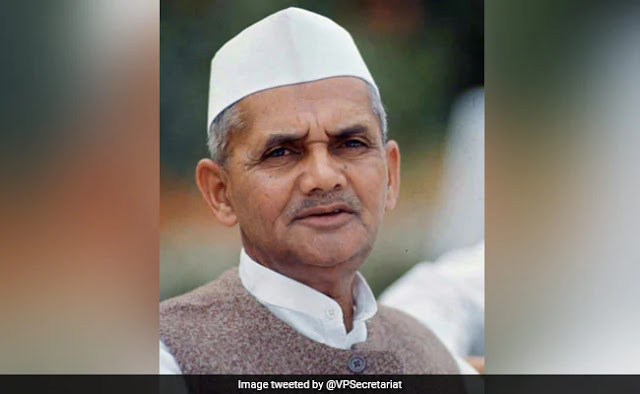Jeyamohan (also credited as Jayamohan;
born 22 April 1962) is a Tamil and Malayalam writer and literary critic from
Nagercoil in Kanyakumari District in the south Indian state of Tamil Nadu. His
best-known and most critically acclaimed work is Vishnupuram, a
fantasy set as a quest through various schools of Indian philosophy and
mythology. In 2014 he started his most ambitious work Venmurasu, a
modern renarration of the epic Mahabharata. His other well-known
novels include Rubber, Pin Thodarum Nizhalin Kural, Kanyakumari, Kaadu, Pani
Manidhan, Eazhaam Ulagam and Kotravai. The
early major influences in his life have been the humanitarian thinkers Leo
Tolstoy and Mohandas Karamchand Gandhi. Drawing on the strength of his life
experiences and extensive travel around India, Jeyamohan is able to re-examine
and interpret the essence of India's rich literary and classical traditions.
In 1987, the journal Kollippaavai published his
poem Kaidhi (The Prisoner). In the same year, Nadhi (The
River) was published in Kanaiyazhi with a critical mention
from writer Ashoka Mitran. The journal Nigazh published Bodhi,
followed by Padugai ('The Riverbed'). Critics heaped praise
on Padugai for its evocative narrative that wove together
myths and contemporary visuals. Jeyamohan wrote his first full-fledged
novel Rubber in 1988 and then re-edited and published it in
1990.
The novel won the Akilan Memorial prize for its path-breaking
portrayal of the ecological and sociological impact of rubber cultivation in
the South Indian states of Kerala and Tamil Nadu. Jeyamohan's speech at the
awards function was well received, and he further developed those ideas
in Novel (1990), an exploration of the art form and its
ideologies, and Naveena Thamizhilakkiya Arimugam, a comprehensive
introduction to modernist Tamil literature.
In 1993, Jeyamohan met Guru Nitya Chaitanya Yati which proved to
be a turning point in his spiritual journey. The dialogues with the Guru opened
new views into the body of Indian thought, which culminated in his acclaimed
work Vishnupuram in 1997.
Jeyamohan travelled and witnessed first-hand regional issues,
droughts and political problems that underlay issues like Naxalism in tribal
areas. His experiences convinced him of the continuing relevance of Gandhian idealism
and non-violence as the sensible alternative to naked capitalism and militant
socialism. The leftist in him had been saddened by the collapse of the Soviet
Union in 1991, and a decade long introspection on the nature of power and
self-righteousness found expression in Pin Thodarum Nizhalin Kural in
1999.
Post-2000, Jeyamohan broke new ground with Kaadu (2003),
an exploration of the forest landscape as a metaphor for lust and the vigour of
life. Kotravai (2005), the renarration of the Kannagi epic, was
deemed by the writer and critics as his best yet in terms of structure and
depth.
From 1998 to 2004, Jeyamohan and his friends edited a literary
journal named Solputhithu. In 2009, his readership circle created
the 'Vishnupuram Ilakkiya Vattam' to broaden the readership for serious
literature in Tamil Nadu and to reward under-recognized pioneers of Tamil
literature.
When he turned 50, Jeyamohan wrote a set of short-stories,
titled 'Aram', that explored the values and idealism that is possible in man.
In 2014, Jeyamohan began writing Venmurasu, a re-narration of the
Indian epic Mahabharata.
In parallel, Jeyamohan has produced a prolific output as one of
the foremost Literary critics and theorists of modern Indian literature with
focus on Tamil. His 30 volumes on criticism and anthologies have earned him a
respectable place among critics like Vedasagayakumar.
In 2013, he was considered as Tamil Author of the year by
National Library, Singapore. In 2016, he worked as Writer in residence for 2
months in Singapore, organized by National Arts Council (Singapore) and
National Institute of Education.










